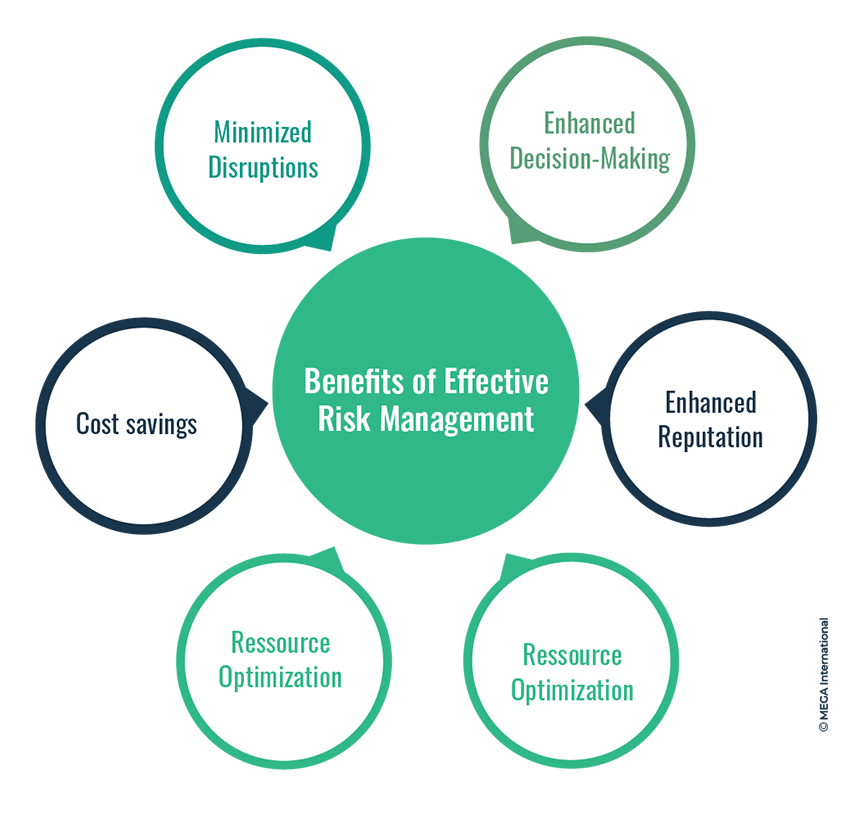Why the Value of Risk Management Can not Be Ignored in Today's Economic climate
In today's swiftly advancing economic landscape, the role of Risk Management has ended up being critical. The increasing volatility of markets, combined with climbing unpredictabilities, necessitates a durable system to recognize and reduce potential dangers. Failure to do so can result in serious financial and reputational consequences, not simply for individual companies, but likewise for the more comprehensive economic situation. This increases an essential concern: can the significance of Risk Management in guaranteeing security and sustainability be ignored? The adhering to discourse aims to explore this in greater deepness.
Understanding the Concept of Risk Management

The Role of Risk Management in Today's Economic climate
Having actually understood the idea of Risk Management, we can currently discover its function in today's economy. In the context of an unpredictable financial landscape noted by rapid technological changes and international events, Risk Management comes to be a vital critical part, adding to the stability, sustainability, and overall durability of economic situations on both a macro and mini scale.
The Influence of Ignoring Risk Management
Neglecting Risk Management can lead to alarming consequences for any type of service or economic situation. The global financial dilemma of 2008 serves as a plain suggestion of the tragic effect that forgeting Risk Management can have on the economic situation at large. Thus, neglecting Risk Management not only endangers private services but can destabilize the entire economic climate, highlighting the pivotal duty played by efficient Risk Management in today's financial landscape.
Key Components of Efficient Risk Management Techniques
Efficient Risk Management approaches focus on two crucial parts: recognizing potential dangers and implementing reduction actions. To make certain the stability and sustainability of a service, these aspects must not be ignored. In the adhering to conversation, these essential aspects will be discovered carefully.
Identifying Potential Threats
Why is determining prospective threats crucial in any Risk Management strategy? Identification of possible risks is the foundation of any type of efficient Risk Management strategy. It entails the systematic evaluation of the company landscape, both internal and external, to discover risks that might derail a company's critical purposes. Identifying possible threats allows organizations to prepare for troubles, instead than just respond to them. This aggressive method empowers businesses to take care of uncertainty with self-confidence, by highlighting areas that require additional interest and planning. It additionally allows them to prioritize resources successfully, focusing on risks that could have one of the most significant impact on their procedures. Overall, the procedure of identifying possible risks is a crucial action in fostering business durability and internet advertising lasting growth.
Carrying Out Mitigation Measures
Navigating through the volatile organization waters, organizations start the essential trip of implementing reduction procedures as component of their Risk Management approaches. These measures, created to minimize the effect of possible risks, form the foundation of a robust Risk Management strategy. They encompass different approaches, including moving the Risk find here to an additional party, preventing the Risk, decreasing the unfavorable impact or likelihood of the Risk, or perhaps approving some or all the effects of a particular Risk. The selection of approach relies on the company's specific context, Risk tolerance, and capacity to bear losses. Effective reduction needs mindful preparation, normal alteration, and constant vigilance. In a turbulent economic climate, these measures enhance resilience, making sure long-lasting survival and growth.

Case Studies: Successful Risk Management in Practice
Regardless of the complexities included, there are several circumstances of effective Risk Management in technique that demonstrate its essential duty in company success. As an example, Boeing, the aerospace giant, handled to mitigate the Risk of ever-changing money prices by hedging versus the buck utilizing ahead contracts. Another instance is Toyota's action to the 2011 Japan earthquake. The car manufacturer quickly developed a threat Management group that reduced manufacturing downtime by identifying alternate suppliers. In the economic sector, Goldman Sachs weathered the 2008 economic crisis with a robust Risk Management program that prepared for the subprime home like this loan crisis. These circumstances emphasize that effective Risk Management can not only shield organizations from potential risks but additionally enable them to seize chances.
Future Patterns in Risk Management: Adapting to a Dynamic Economic Situation
Looking ahead, the landscape of Risk Management is positioned for significant adjustments as it adapts to a vibrant economic climate. Technical improvements are anticipated to change the field, with automation and artificial intelligence playing a crucial duty in Risk recognition and mitigation. At the same time, the raising intricacy of global markets and the unpredictability of geopolitical occasions are making Risk Management more difficult.
Verdict
In final thought, Risk Management plays a critical role in today's interconnected and unpredictable economy. As the economy proceeds to progress, so should risk Management approaches, underscoring its ongoing importance in an ever-changing company landscape.
An appropriate Risk Management approach is not about eliminating risks entirely - a task virtually difficult in the unpredictable globe of service. Therefore, neglecting Risk Management not only threatens specific organizations but can undercut the whole economy, highlighting the pivotal function played by efficient Risk Management in today's financial landscape.
Reliable Risk Management strategies rotate around two essential elements: identifying potential risks and applying mitigation steps.Why is recognizing possible dangers important in any Risk Management method? They encompass numerous techniques, consisting of transferring the Risk to one more event, preventing the Risk, lowering the negative impact or probability of the Risk, or also approving some or all the effects of a specific Risk.